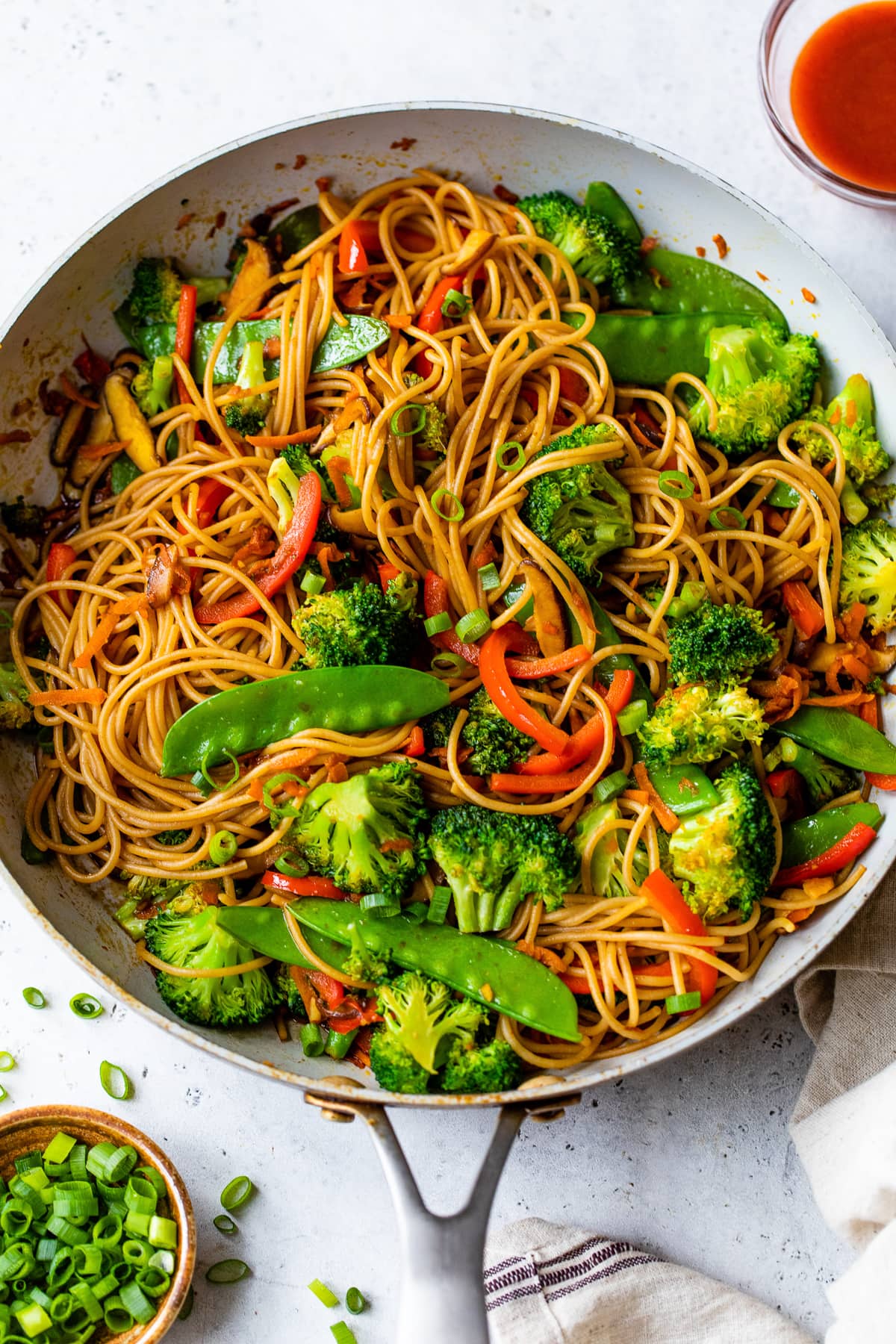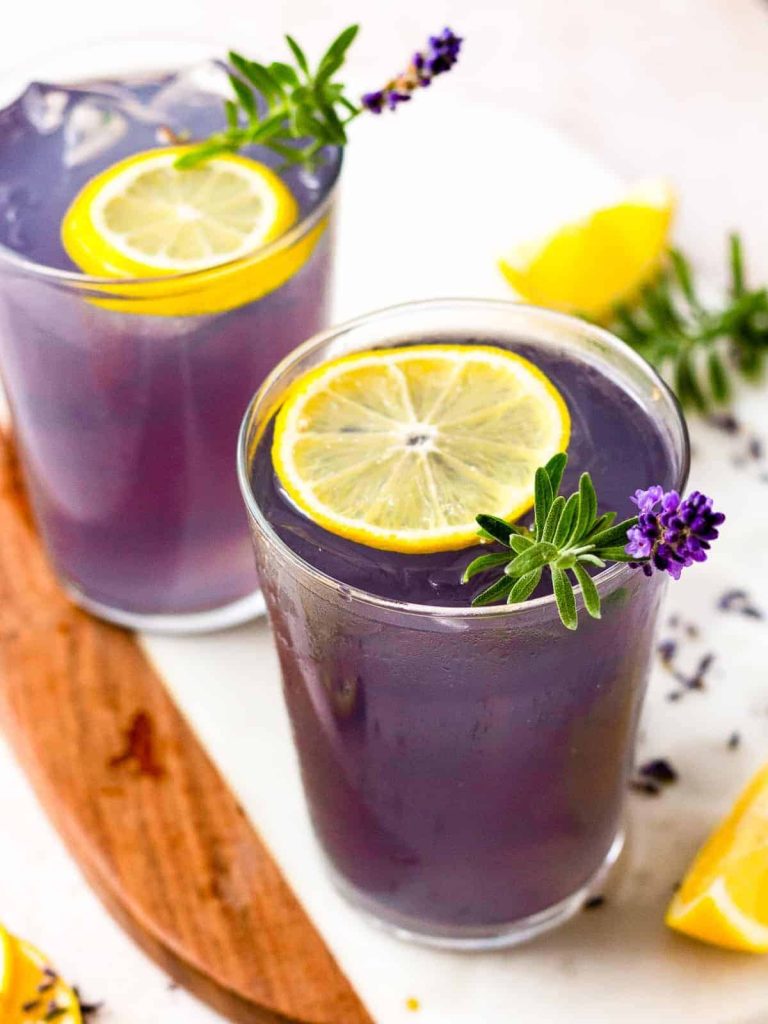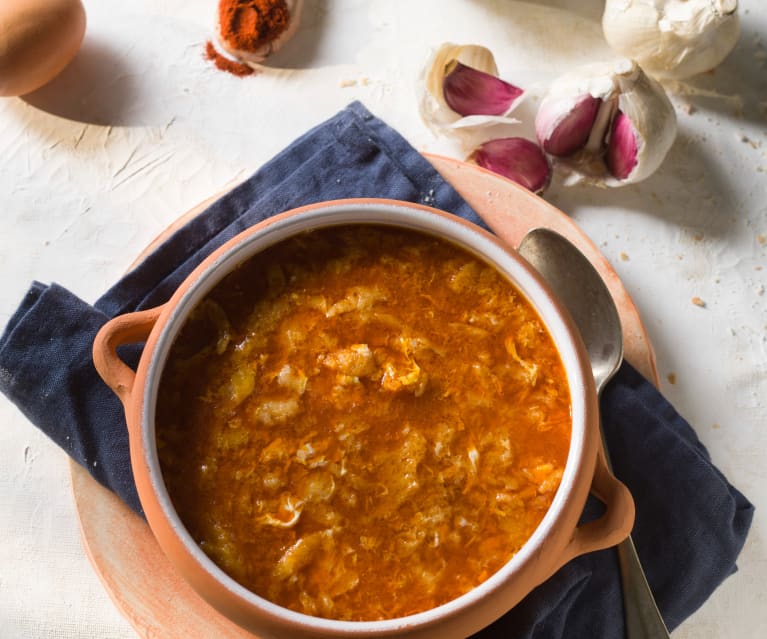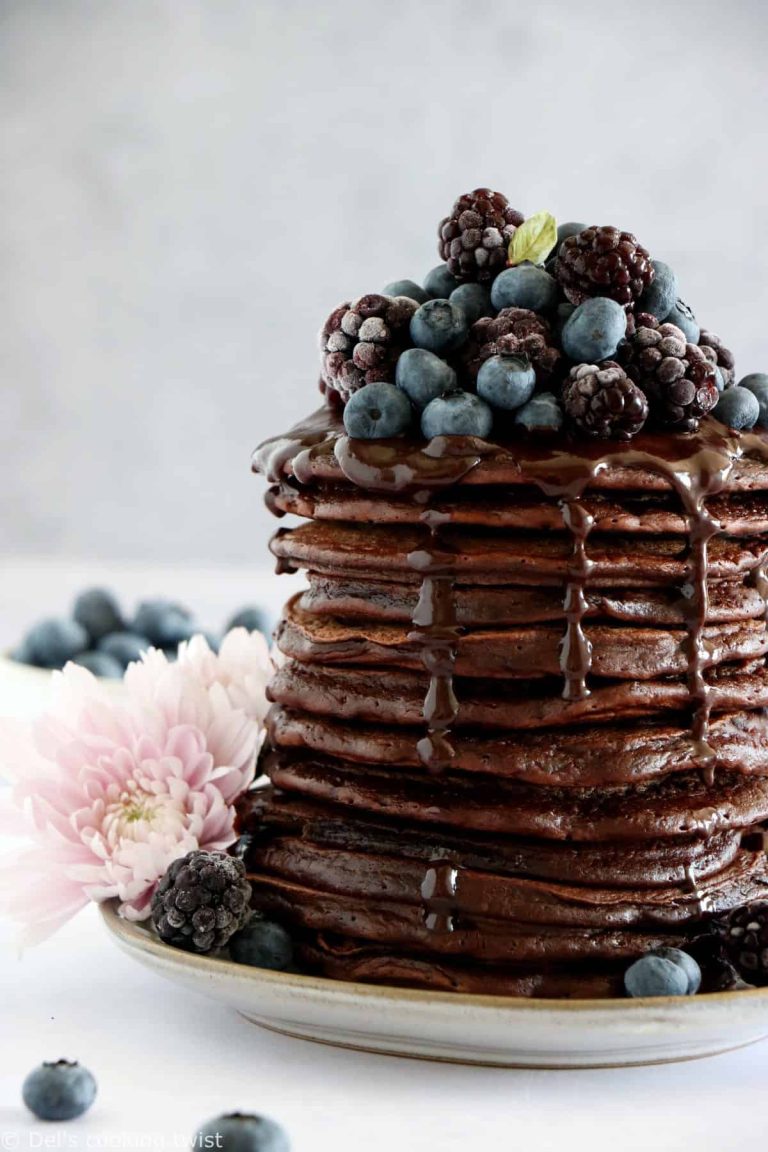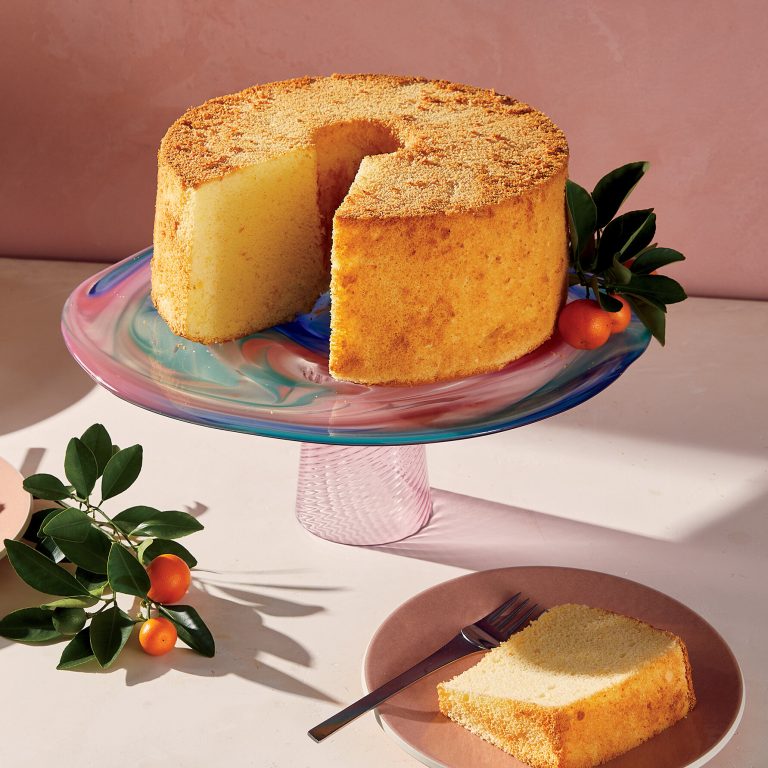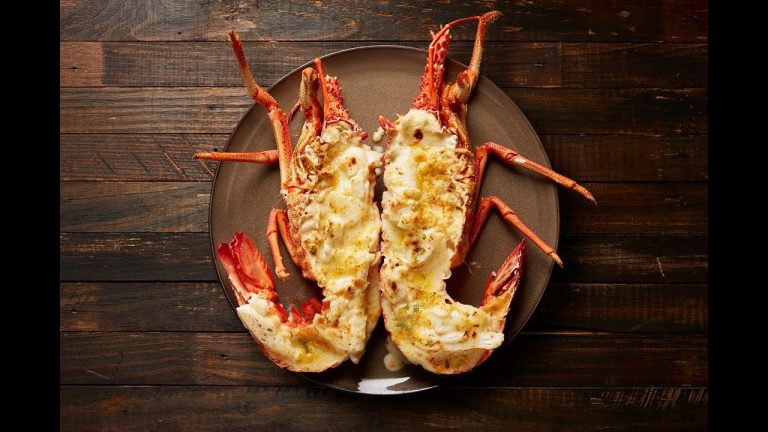Shrimp Lo Mein Recipe: Healthy, Easy, and Delicious Noodle Dish
Lo Mein dishes feature stir-fried noodles mixed with various ingredients like vegetables, proteins, and a savory sauce. Originating from China, Lo Mein translates to “tossed noodles,” highlighting the cooking method where ingredients are combined by tossing rather than deep-frying.
- Shrimp: Choose medium-sized, deveined shrimp for quick cooking and ease of preparation.
- Noodles: Use fresh or dried egg noodles specific for Lo Mein to achieve the traditional texture and taste.
- Vegetables: Incorporate a mix of carrots, bell peppers, and snow peas for color, crunch, and nutrition.
- Sauce: Prepare a sauce using soy sauce, oyster sauce, and sesame oil for a balanced and rich flavor profile.
- Aromatics: Blend garlic, ginger, and green onions to enhance the dish’s aroma and taste.
Preparing Quick Shrimp Lo Mein
Step-by-Step Cooking Process
Begin by gathering all necessary ingredients. For this recipe, you’ll need shrimp, lo mein noodles, vegetables (e.g., bell peppers, snow peas, carrots), and the essential sauce components (soy sauce, oyster sauce, sesame oil).
- Prep the Shrimp: Peel and devein the shrimp. Marinate in soy sauce and a touch of sesame oil for 10 minutes.
- Cook the Noodles: Boil the lo mein noodles according to package instructions, usually around 3-5 minutes. Drain and rinse with cold water to stop the cooking process.
- Stir-fry the Vegetables: Heat a wok or large skillet over medium-high heat. Add a tablespoon of vegetable oil. Stir-fry the vegetables for 2-3 minutes until tender-crisp.
- Cook the Shrimp: Add the marinated shrimp to the skillet. Stir-fry for 2-3 minutes until they turn pink and opaque.
- Combine and Sauce: Add the cooked noodles to the skillet. Pour in the sauce mixture (soy sauce, oyster sauce, and a dash of sesame oil). Toss everything together for 1-2 minutes to coat the noodles evenly.
Tips for Perfect Noodles and Shrimp
Noodles: For the best texture, avoid overcooking the noodles. Al dente lo mein noodles retain their chewiness and absorb the sauce better. After boiling, rinse with cold water and toss with a little oil to prevent sticking.
Shrimp: Fresh shrimp enhances the overall taste of the dish. Buy deveined shrimp to save time. Marinate briefly; extended marination can make shrimp mushy. High heat is essential for a quick sear, ensuring tender and flavorful shrimp.
These steps and tips ensure a well-cooked and flavorful Quick Shrimp Lo Mein, maintaining the dish’s satisfying essence.
Nutritional Information
Health Benefits of Shrimp and Vegetables
Shrimp offers high protein and low fat, making it ideal for lean muscle growth. It contains omega-3 fatty acids that promote heart health and reduce inflammation. Rich in astaxanthin, shrimp boosts your immune system and protects your skin.
Vegetables like bell peppers, carrots, and snow peas provide essential vitamins and minerals. Bell peppers pack vitamin C, enhancing immune function, while carrots offer beta-carotene for eye health. Snow peas provide dietary fiber, aiding digestion and maintaining bowel health.
Caloric and Dietary Considerations
A serving of Quick Shrimp Lo Mein typically contains around 400-450 calories. This counts for about 20-22% of an average 2000-calorie daily diet. Shrimp and vegetable combination ensures a balanced intake of proteins, fats, and carbohydrates.
Shrimp Lo Mein is low in saturated fats, with polyunsaturated and monounsaturated fats predominating. It’s also rich in essential amino acids, supporting overall body functions. For those on a sodium-restricted diet, consider using low-sodium soy sauce to reduce sodium levels.
The dish caters to various dietary preferences, offering gluten-free alternatives with rice noodles or tamari. Customize the recipe to fit vegan diets by substituting shrimp with tofu or tempeh while maintaining nutritional integrity.
Comparing Quick Shrimp Lo Mein to Other Noodle Dishes
Quick Shrimp Lo Mein vs. Ramen
Quick Shrimp Lo Mein differs significantly from Ramen in preparation and ingredients. Ramen typically involves a rich broth made from meat, vegetables, or miso, while Lo Mein uses a savory sauce coat on stir-fried noodles. Shrimp Lo Mein incorporates fresh, crisp vegetables (bell peppers, carrots, and snow peas), unlike Ramen, which primarily includes soft vegetables (bean sprouts, scallions, and seaweed). The protein content in Shrimp Lo Mein comes from succulent shrimp, whereas Ramen often features boiled eggs and pork slices. Lo Mein is quick to prepare in under 20 minutes, making it an ideal dish for a fast, nutritious meal.
Quick Shrimp Lo Mein vs. Pad Thai
Quick Shrimp Lo Mein and Pad Thai both offer delicious flavor profiles but have distinct differences. Pad Thai, a Thai staple, features rice noodles, whereas Shrimp Lo Mein uses wheat noodles. The seasoning for Pad Thai includes tamarind paste, fish sauce, and palm sugar, giving it a unique sweet-sour taste profile. In contrast, Lo Mein features a blend of soy sauce, oyster sauce, and sesame oil for a savory flavor. The protein source for Pad Thai can range from shrimp to chicken or tofu, and it usually includes crushed peanuts and bean sprouts for texture. Quick Shrimp Lo Mein focuses more on the balance of vegetables, shrimp, and the rich flavors of its sauces, providing a more simplified yet equally satisfying meal.
Conclusion
Quick Shrimp Lo Mein offers a nutritious and delicious meal that’s perfect for busy weeknights. With its high protein content from shrimp and the added vitamins and minerals from fresh vegetables, it’s a balanced dish that doesn’t compromise on flavor. The easy preparation and savory sauces make it a standout choice compared to other noodle dishes like Ramen and Pad Thai. Whether you’re looking for a quick dinner solution or a satisfying dish to impress guests, Quick Shrimp Lo Mein is a versatile and flavorful option you’ll want to add to your recipe repertoire.
